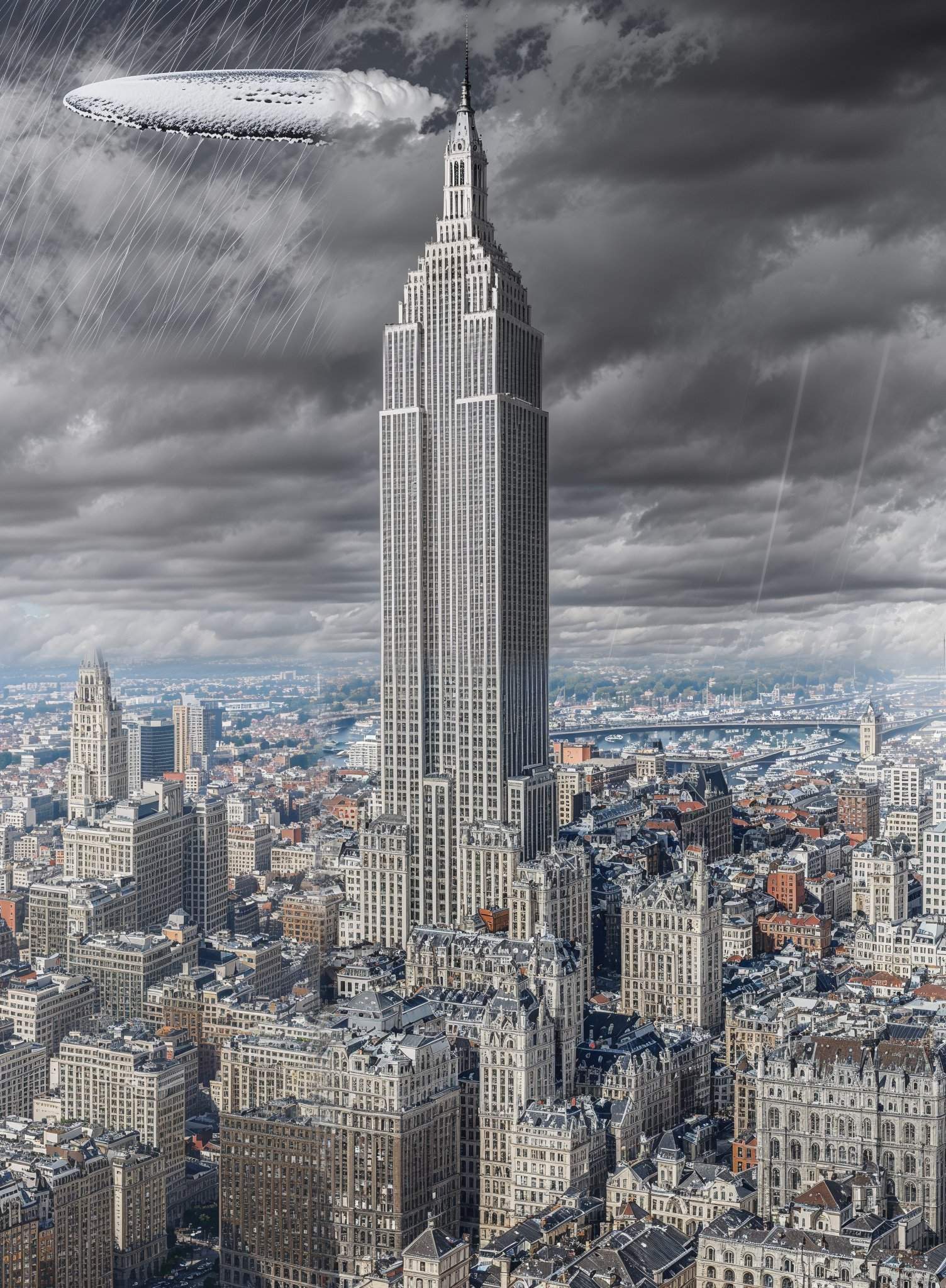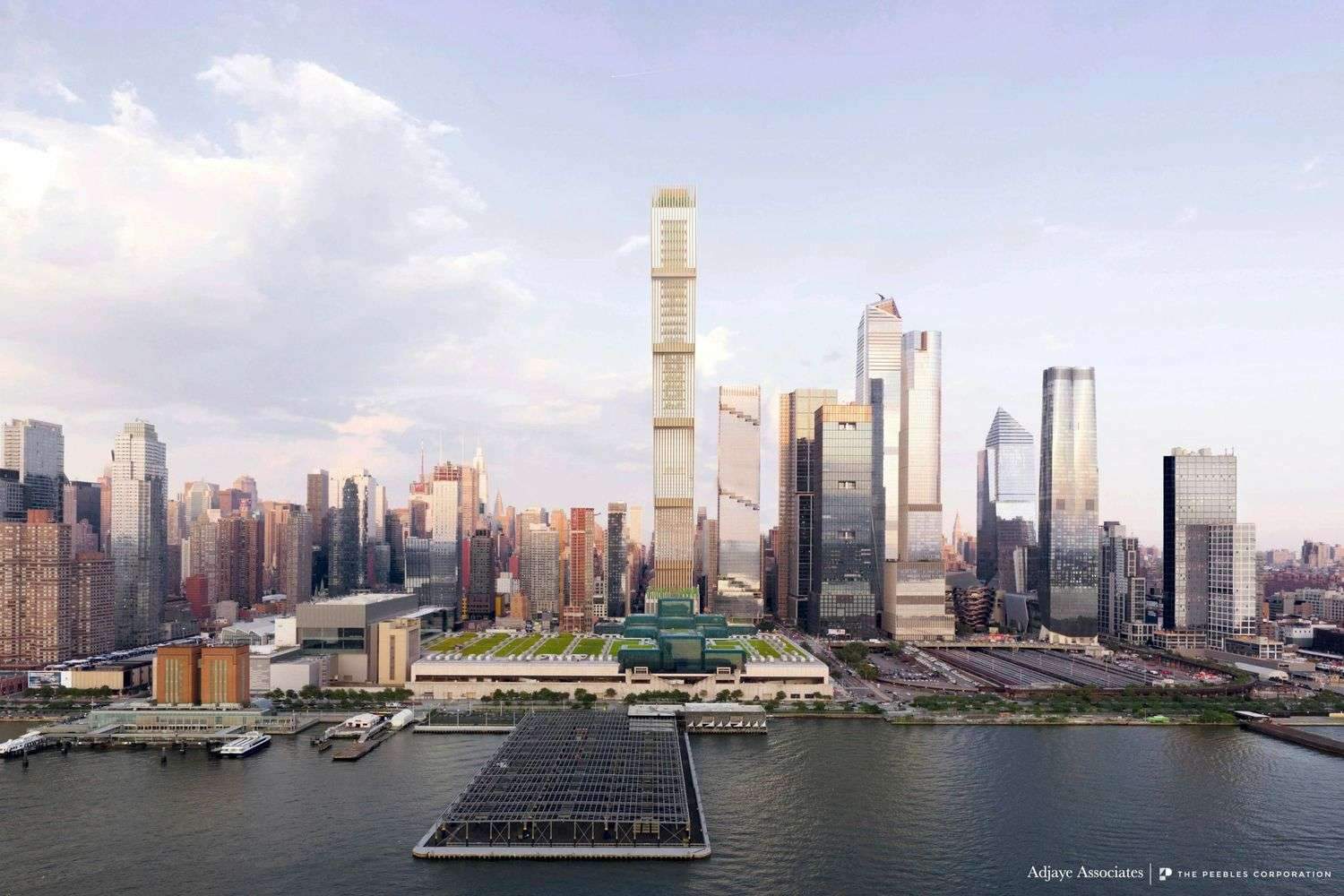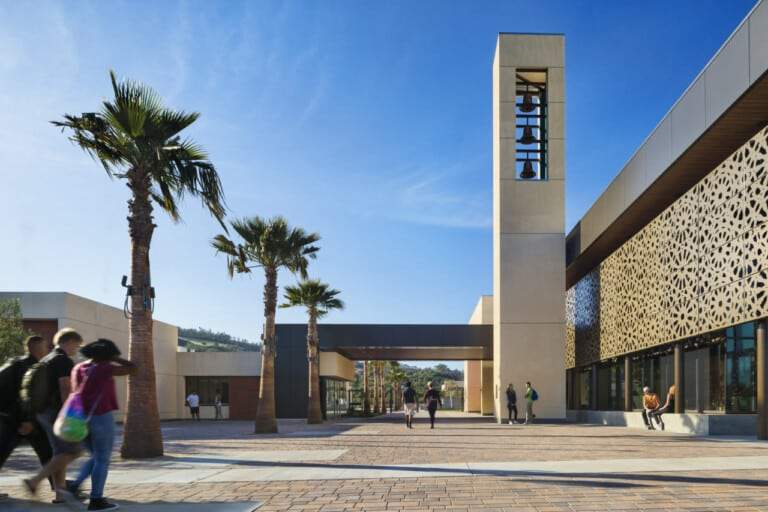The first point: the history of skyscrapers
Beginnings
Founding: The first skyscraper was the Home Insurance Building in Chicago, completed in 1885. This building, which was 10 stories high, is considered the beginning of the new era in architecture
Early Development: During the 20th century, cities around the world experienced a boom in skyscraper construction, with notable examples such as the Chrysler Building in New York, the Willis Tower (formerly known as the Sears Tower) in Chicago, and the Petronas Towers in Kuala Lumpur.
The second point: economic and technological impacts
Modern development
Engineering Advances: Modern skyscrapers are not only tall, but also complex in design and function. For example, Dubai’s Burj Khalifa, currently the tallest building in the world, is 828 meters (2,716 ft) tall and includes features such as wind turbines, green roofs, and self-cleaning glass.
Technological innovations: The Shanghai Tower, with its unique spiral design to reduce wind loads and save energy, and the new World Trade Center in New York, which includes a variety of sustainable features, demonstrate new innovations in skyscraper design.
the future
The concept of heavenly cities: Skyscrapers are moving towards more ambitious and innovative designs, such as “heavenly cities” – self-sufficient communities inside massive towers that house everything from housing and offices to parks, schools and health facilities.
Vertical forests: There is a trend towards “vertical forest” design, which aims to incorporate greenery and plants to improve air quality and provide a natural habitat for wildlife.
Data and statistics
Increasing Expansion: Statistics show that skyscraper construction is on the rise, with more than 150 buildings taller than 200 meters completed in 2018 alone, and hundreds more being planned and built.
Construction costs: Burj Khalifa cost $1.5 billion to build and took more than 22 million man-hours, while the new World Trade Center cost more than $3.9 billion.
This article explores the dynamic relationship between the development of urban communities and the construction of skyscrapers. The discussion addresses the central question: Is high-rise construction built as a catalyst for society’s growth and development, or does society grow first and then skyscrapers are built in response to this growth? The article focuses on analyzing the interactions between urban development and social and economic needs, citing historical and contemporary examples to understand how these elements influence each other in various cities around the world.

The third point: Architecture as a response to social needs
Cities development and population needs
Responding to population density: Skyscrapers are often built in response to the need to save vertical space in densely populated cities. This allows for efficient exploitation of limited urban land.
Adapting to demographic changes: With changes in urban demographics, such as increases in population and rural displacement, the demand for housing, offices and public facilities in major cities is increasing.
Improving infrastructure
Integration with urban infrastructure: Skyscrapers are integrated into urban infrastructure, and are used to improve access to resources and services, such as public transportation and commerce.
Fourth point: Skyscrapers as cultural and social symbols
Symbolism and identity
Symbols of Prosperity and Growth: Skyscrapers are often considered symbols of economic prosperity and urban growth. These buildings demonstrate the cultural ambitions and aspirations of a city or country.
Impact on cultural and social identity: The design and location of a skyscraper can have a significant impact on how people perceive a city, and contribute to shaping the cultural and social identity of the local community.
Interaction with the community
Centers of social and cultural activity: Skyscrapers are not limited to just being work or residential spaces, but are also used as centers of social and cultural activity, such as shopping malls, restaurants, museums, and theaters.
Impact on the surrounding community: The design and operation of skyscrapers can impact the social fabric of the surrounding areas, contributing to improving urban life or, in some cases, changing the social and economic dynamics of a community.
Fifth point: Were the horoscopes a solution or a supplement?
The impact of skyscrapers on economic development
Stimulating economic growth: Skyscrapers are considered essential for promoting economic development, as they provide job opportunities and relieve pressure on the housing sector.
Centers for profitable companies: Urban planners build skyscrapers to attract large, profitable companies, reflecting the prosperity and growth of the region.
Sustainability and reducing environmental footprint
Promoting sustainable living: Skyscrapers help promote sustainable living by reducing resource consumption and waste.
Sixth point: Skyscrapers as attraction points
Tourist and social attractiveness
Landmarks: Skyscrapers often become landmarks and tourist attractions, such as the Petronas Tower in Malaysia and the Burj Khalifa in Dubai.
Impact on the local community: Building skyscrapers can enhance local identity and contribute to local economic activity, which helps raise the standard of living and provide job opportunities.
Social and economic impact
Promoting social and economic equality: Skyscrapers provide housing and work opportunities for more people, which helps achieve social and economic equality.
Reducing pressure on the city: By providing more residential and office units, skyscrapers relieve pressure on the rest of the city and contribute to reducing costs.
Final Analysis – Building Community or Skyscrapers First?
Dynamic analysis of the development of cities and skyscrapers
Interaction between construction and social growth: Analysis of the development of cities shows that skyscrapers are often built as a response to existing social and economic challenges. At the same time, these buildings become engines of new social and economic changes.
The economic role of skyscrapers: While skyscrapers may sometimes be built as part of a deliberate development plan to promote economic growth, they are also built in response to economic growth and the need for more office and residential space.
Attractiveness and cultural influence
Skyscrapers as cultural icons: Once built, skyscrapers become symbols of progress and modernity, attracting global attention. Such an effect shows how a single skyscraper can change the world’s perception of an entire city.
Impact on tourism and the local economy: Skyscrapers become tourist attractions, boosting the local economy and bringing international recognition. The experiences of cities such as Dubai, Kuala Lumpur and Jeddah show how skyscrapers can make a huge difference to the global appeal and economic growth of a city.
Conclusion
The complementary role of skyscrapers: The relationship between skyscrapers and the development of societies is not linear or unidirectional. Instead, the study shows that skyscrapers and their surrounding communities develop in dynamic interaction, with each influencing and being influenced by the other.
It is clear from this analysis that skyscrapers are not simply a response to social and economic developments, but are also an important factor in shaping and directing these developments. Skyscrapers are an integral part of the urban and cultural fabric of cities, and play a pivotal role in determining their economic and social future.








